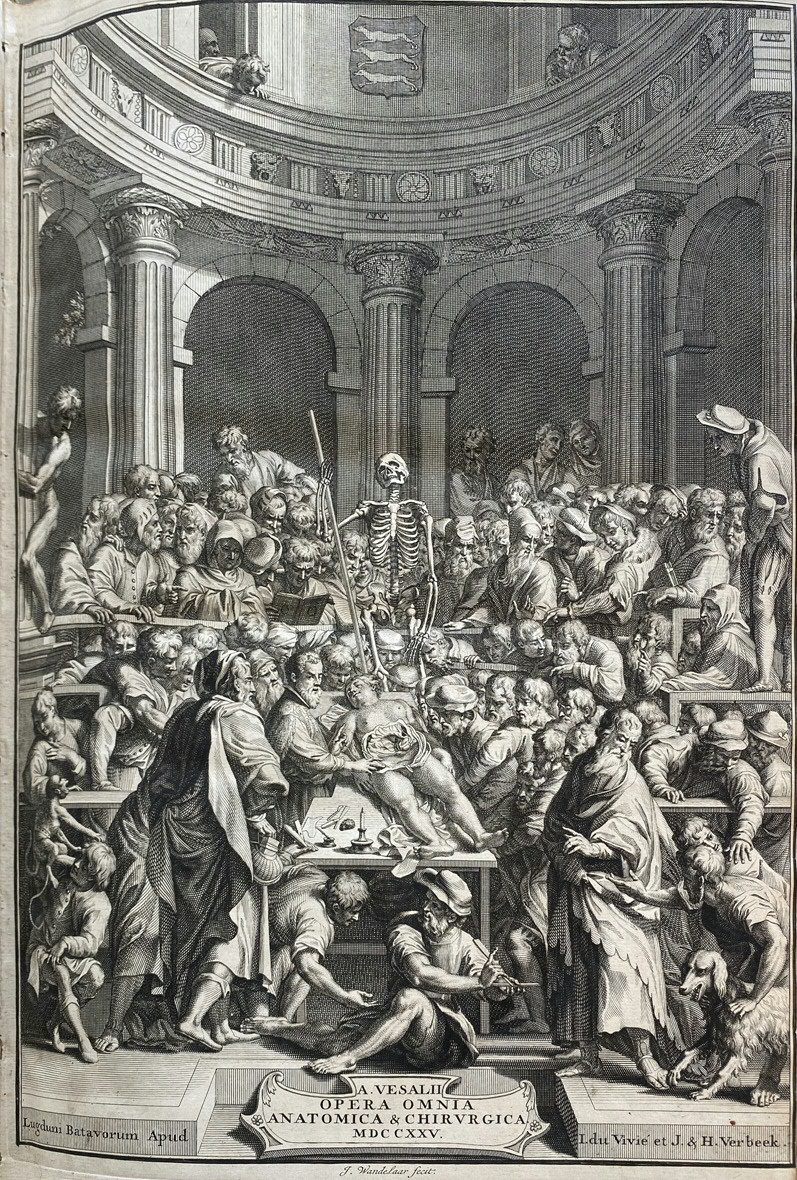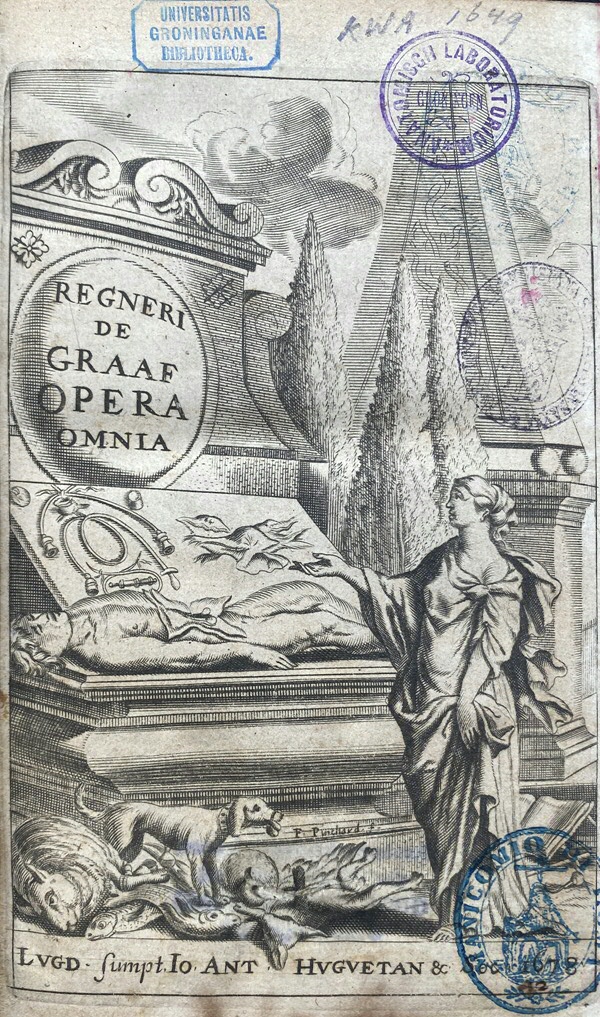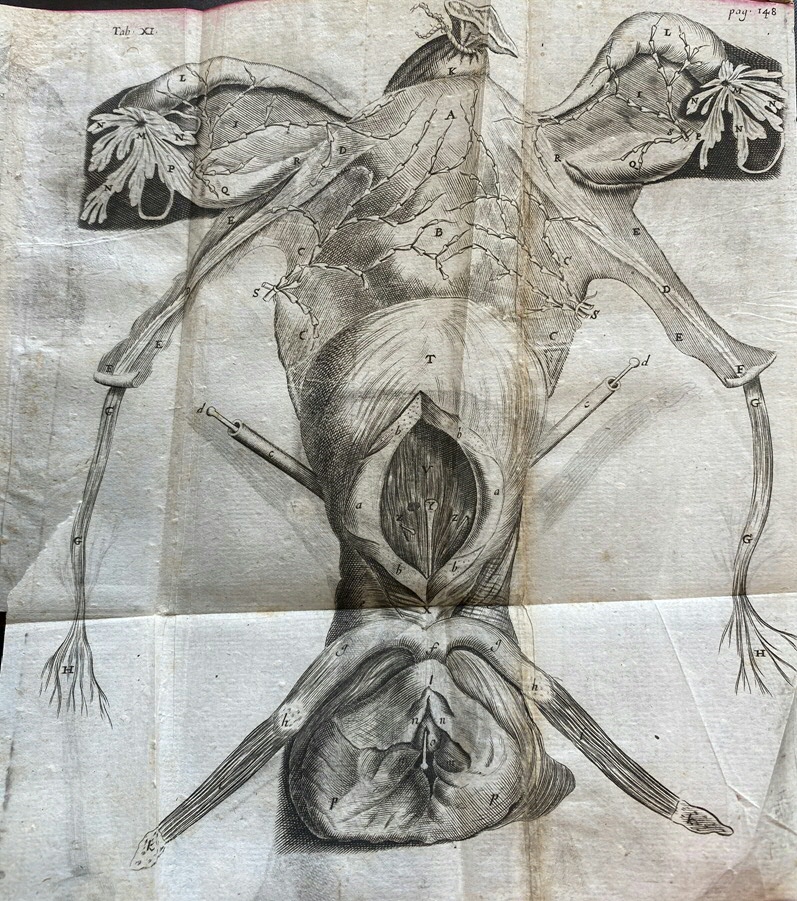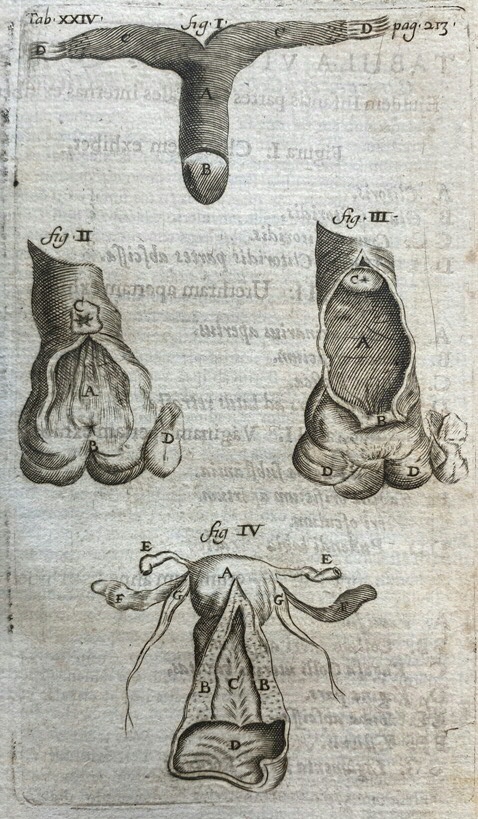Special Collections on NPO Radio 1
On Sunday 23 May, Dutch public broadcaster VPRO featured the beautiful radio documentary Het Spoor Terug: De geschiedenis van het vrouwelijk orgasme [The Way Back: The History of the Female Orgasm] by Lotte van Gaalen. In the documentary, UG historian Dr Karen Hollewand, an expert on the history of sexuality in the early modern period (ca. 1450-1800), speaks from the Special Collections research room of the University Library.

In her documentary, Lotte van Gaalen wonders why knowledge of female anatomy has remained vague and incorrect for so long. She uncovers a tangle of incredible myths and misunderstandings about the female body that have left their traces to this day.

Using four beautiful 16th and 17th-century books* from the Special Collections department of the University of Groningen Library, Karen Hollewand argues that the history of female anatomy and sexuality is primarily a male history. It was the white, Western male surgeon and doctor who studied and wrote about the female body. Doctors did not ask women about their own knowledge and experience of their bodies, as they considered this to be completely unscientific. In the male view, the female body was considered abnormal, imperfect and even dangerous for centuries.

The books, and especially Reinier de Graaf’s Opera Omnia, show that a lot of knowledge about the female body was acquired centuries ago. But even among physicians, these discoveries, like the full shape of the clitoris, kept disappearing from view due to the dominant sexual morals. This process of rediscovery and publication persisted until the 21st century.

The documentary also features Jelto Drenth from Groningen. After studying medicine at the UG, Jelto Drenth spent his entire career as a sexologist at the Rutgers knowledge centre and he wrote the standard work The Origin of the World: Science and Fiction of the Vagina (2001, subsequently revised editions; translated into nine languages) and De man is geen jager: mannelijkheid, seks en angst (2016).

The documentary was part of the weekly VPRO history programme OVT (Onvoltooid Verleden Tijd) on NPO Radio 1:
*Karen Hollewand discusses the following books from the Special Collections in the documentary:
- Andreas Vesalius, Opera Omnia anatomica & chirurgica, 1725, part 1, LD--- 4. All the works that Vesalius wrote about surgery are collected in this book. Vesalius (1514-1564), a doctor and anatomist from the south of the Netherlands, was one of the founders of anatomy.
- Realdo Colombo, De re anatomica, libri XV, 1572, UKLU KF 40. Colombo (1516-1559) was a surgeon and professor of anatomy at the University of Padua and is considered by some to be a disciple of Vesalius.
- Reinier de Graaf: Opera Omnia, 1678, KW A 1649. De Graaf (1641-1673), a doctor and anatomist from the north of the Netherlands, was one of the pioneers of reproductive medicine.
- Reinier de Graaf: Alle de wercken, so in de ontleed-kunde, als andere deelen der medicyne, 1686, KW A 1655.
| Last modified: | 05 January 2022 1.00 p.m. |
More news
-
29 April 2024
Tactile sensors
Every two weeks, UG Makers puts the spotlight on a researcher who has created something tangible, ranging from homemade measuring equipment for academic research to small or larger products that can change our daily lives. That is how UG...
-
16 April 2024
UG signs Barcelona Declaration on Open Research Information
In a significant stride toward advancing responsible research assessment and open science, the University of Groningen has officially signed the Barcelona Declaration on Open Research Information.
-
02 April 2024
Flying on wood dust
Every two weeks, UG Makers puts the spotlight on a researcher who has created something tangible, ranging from homemade measuring equipment for academic research to small or larger products that can change our daily lives. That is how UG...

